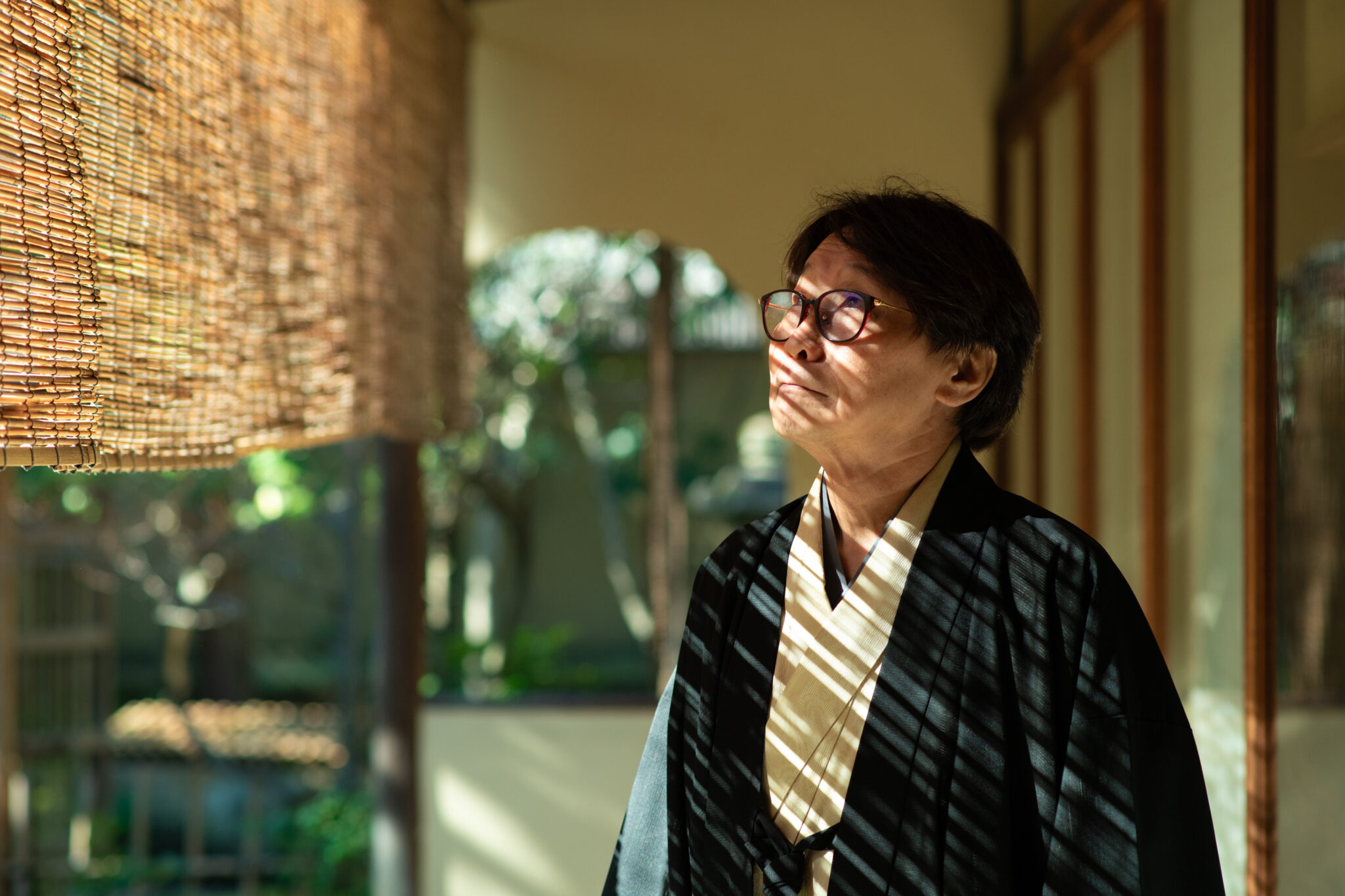On the westside of Kyoto Gyoen National Garden there is an elegant Japanese-style house in a quiet residential neighborhood.
The house is called the Yuuhisai Kōdōkan and it was built in the Mid-Edo Period by Confucian scholar Kien Minagawa (1734~1807) as part of the private Han school called Kōdōkan.
When you enter the gate which faces the Kamichoja-machi Dori street, there is a pathway made of stone. Inside the gate is a carefully kept garden and a large house.
The air is quiet and still and cut off from the outside world.
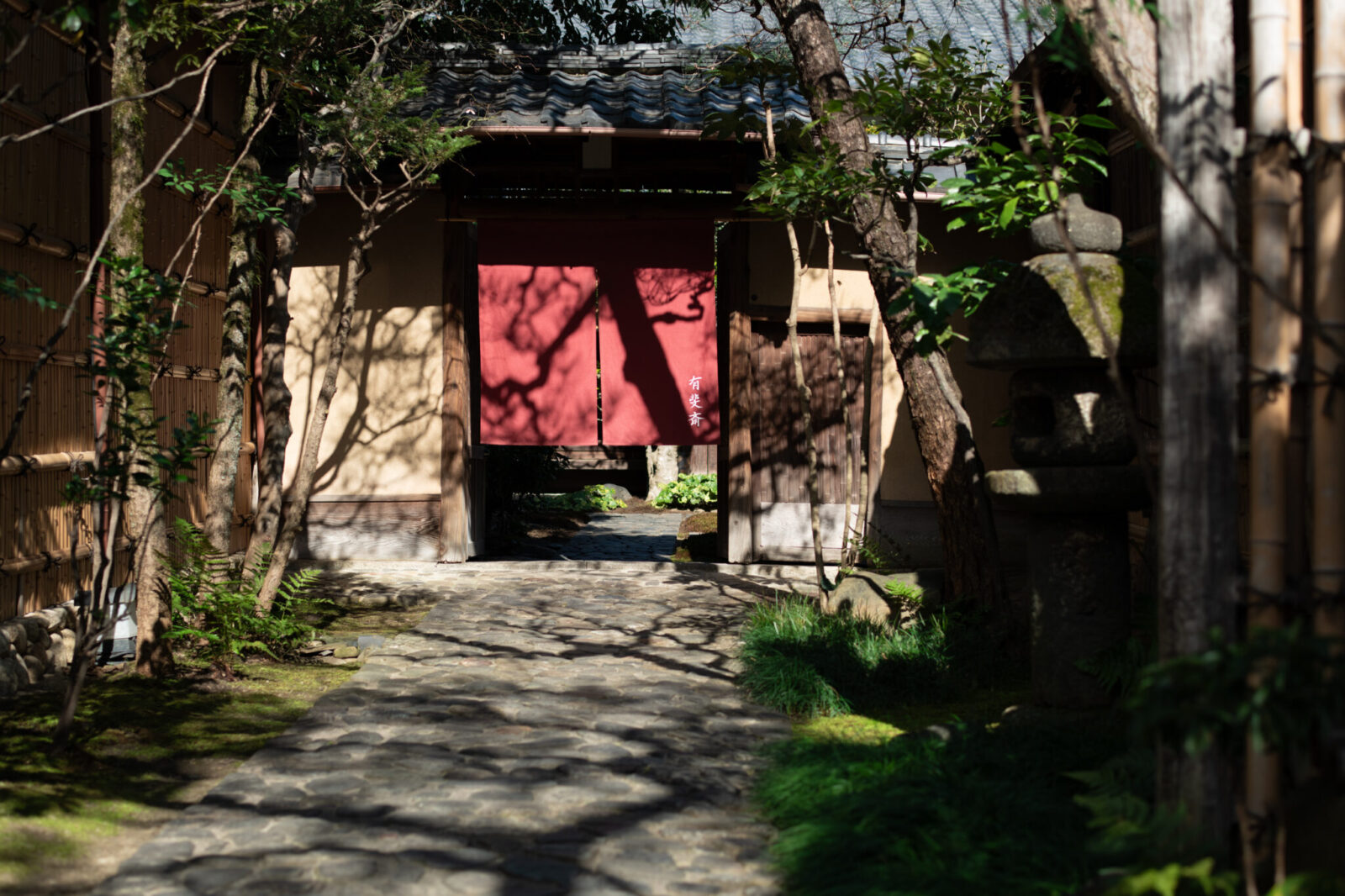
The stone pathway leads to the entrance of the tea ceremony room.
Toru Ota, who is the owner of Oimatsu (a historic confectionery shop in Kyoto) was waiting there to welcome us.
The tea ceremony is an art of serving green tea to guests and it is one of the most representative shikohin experiences in Japan.
Ota has served tea to various celebrities abroad, including David Beckham at the World Cup in Germany and tennis player Roger Federer when he visited Kyoto.
How does such a learned and experienced tea master understand shikohin and its experiences? The DIG THE TEA team visited Yuuhisai Kōdōkan to learn more.
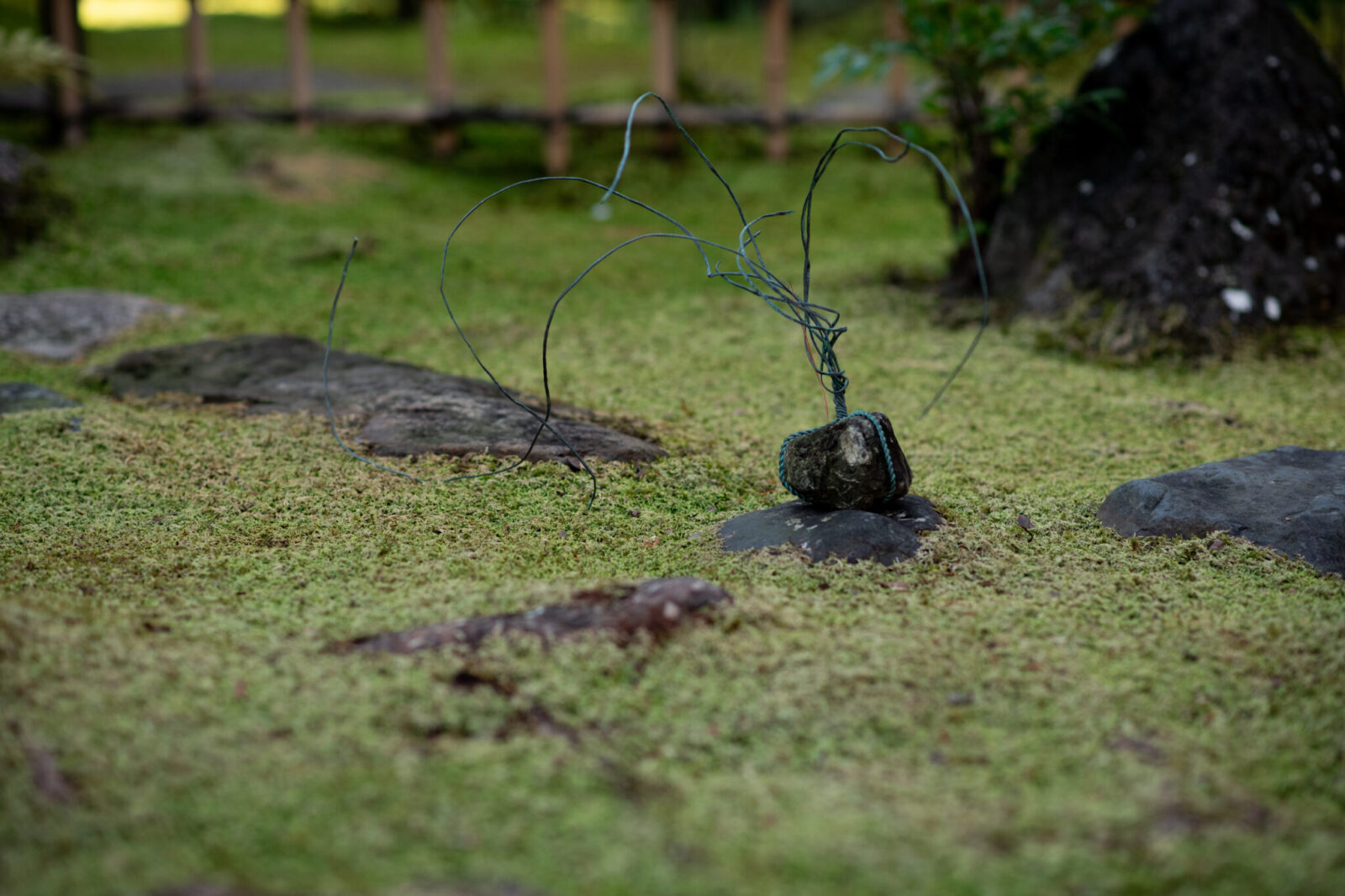
Visiting a man with great wisdom and refined taste. A tea master, engineer and university professor
Oimatsu is a historic confectionery shop that was founded in 1908 that specializes in prestigious confectioneries served in the tea ceremony.
Ota is not only the owner of such a shop, but he also has many other faces. He is a researcher with a doctorate in engineering and teaches at a university. He has also scientifically analyzed the tea ceremony movements and has published academic papers on it.
He also acts as the director of the Yuuhisai Kōdōkan and is involved in its preservation. He is a tea master himself, and holds tea ceremonies in both Japan and overseas to share the art of Japanese tea to the world.
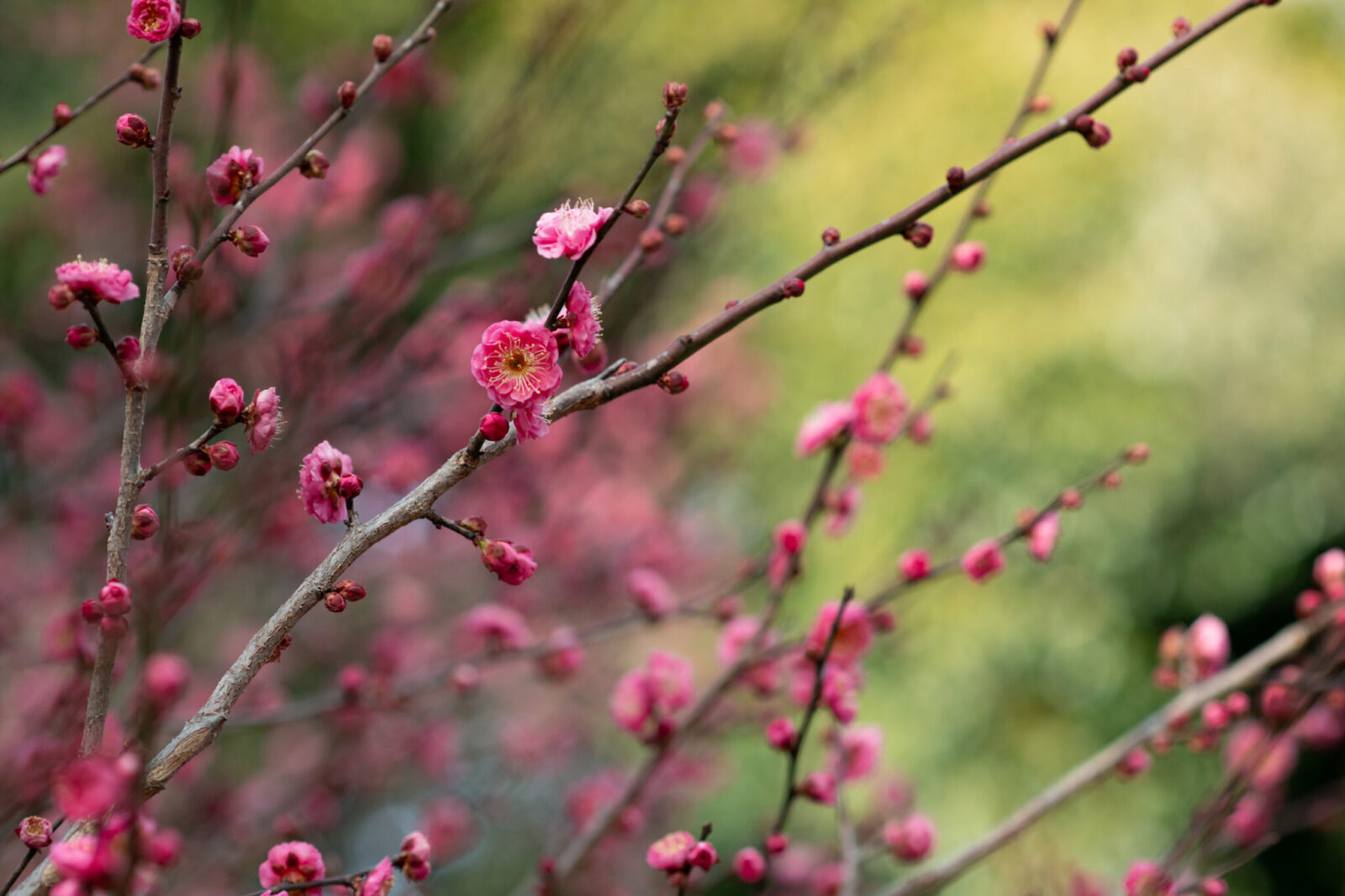
There is a Japanese word Sukimono, which is used to describe a person who enjoys refined arts, especially the Japanese tea ceremony.
Ota has the very air of a Sukimono and is well versed in all cultures, from ancient to modern and East to West.
His vast knowledge of everything from traditional arts to modern technologies is reminiscent of Kien Minagawa, founder of the Yuuhisai Kōdōkan school. Kien Minagawa was also well versed in poetry, calligraphy, and arts and he started his own academic discipline.
Ota works with Japanese tea and Kyoto confectioneries used in tea ceremonies.
When asked about his thoughts on preserving traditional Japanese culture and shikohin experiences, Ota cheerfully replied,
“No, no. I have no such noble intentions. I am simply doing things that people have expressed a desire to see. The same is true for my family business Oimatsu.”
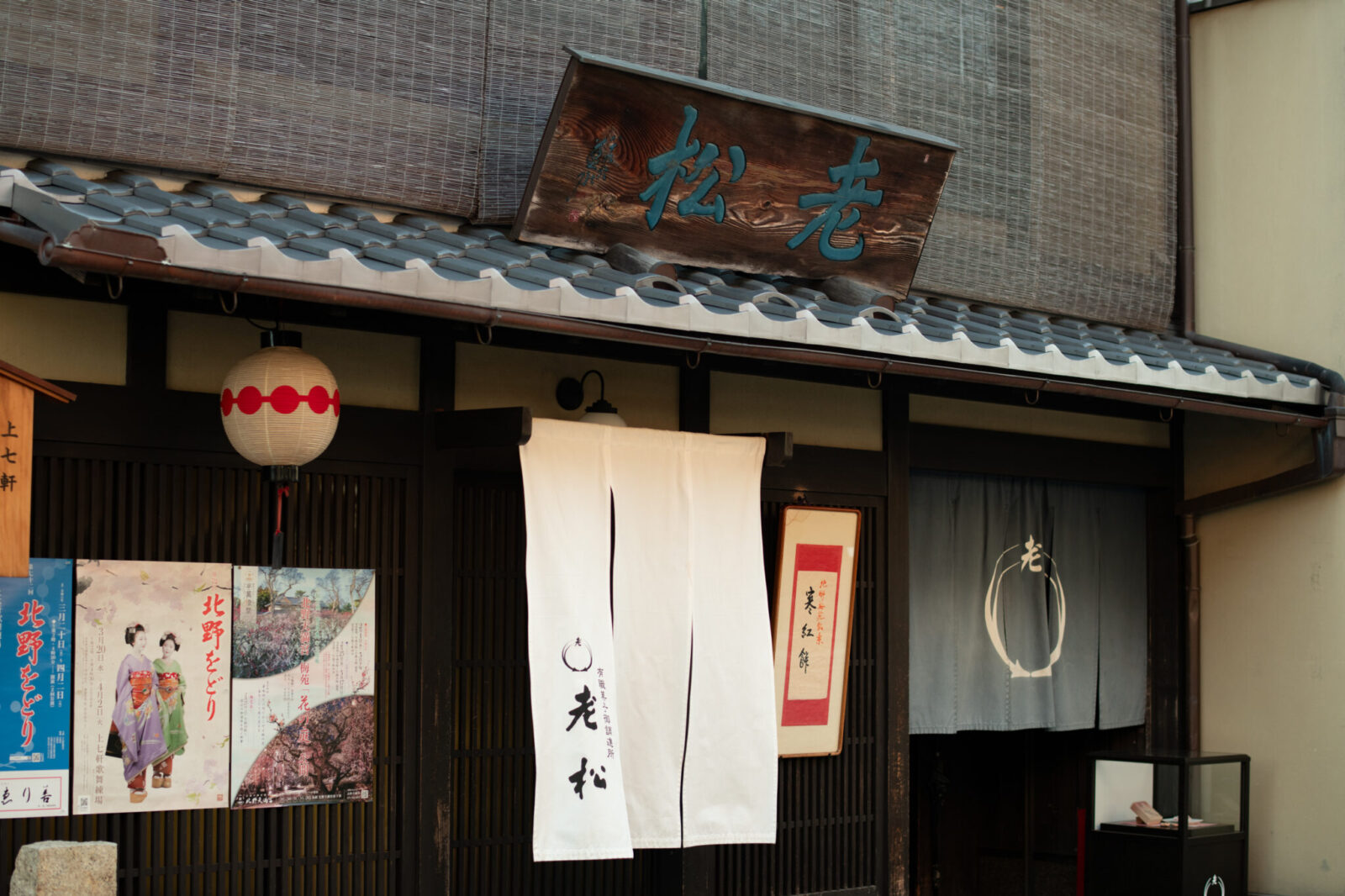
“Shikohin is just a matter of people’s tastes.”
“Even with the utensils we use in the tea ceremony, it does not matter if they are expensive or inexpensive. I have tried doing a tea ceremony with only utensils bought at a 100 yen shop, and I love experimenting in that way.”
Ota continues,
“Tea and sweets are simply a combination of the elements that make them up. If you understand that, it becomes more enjoyable. The important thing is education, culture and installation.”
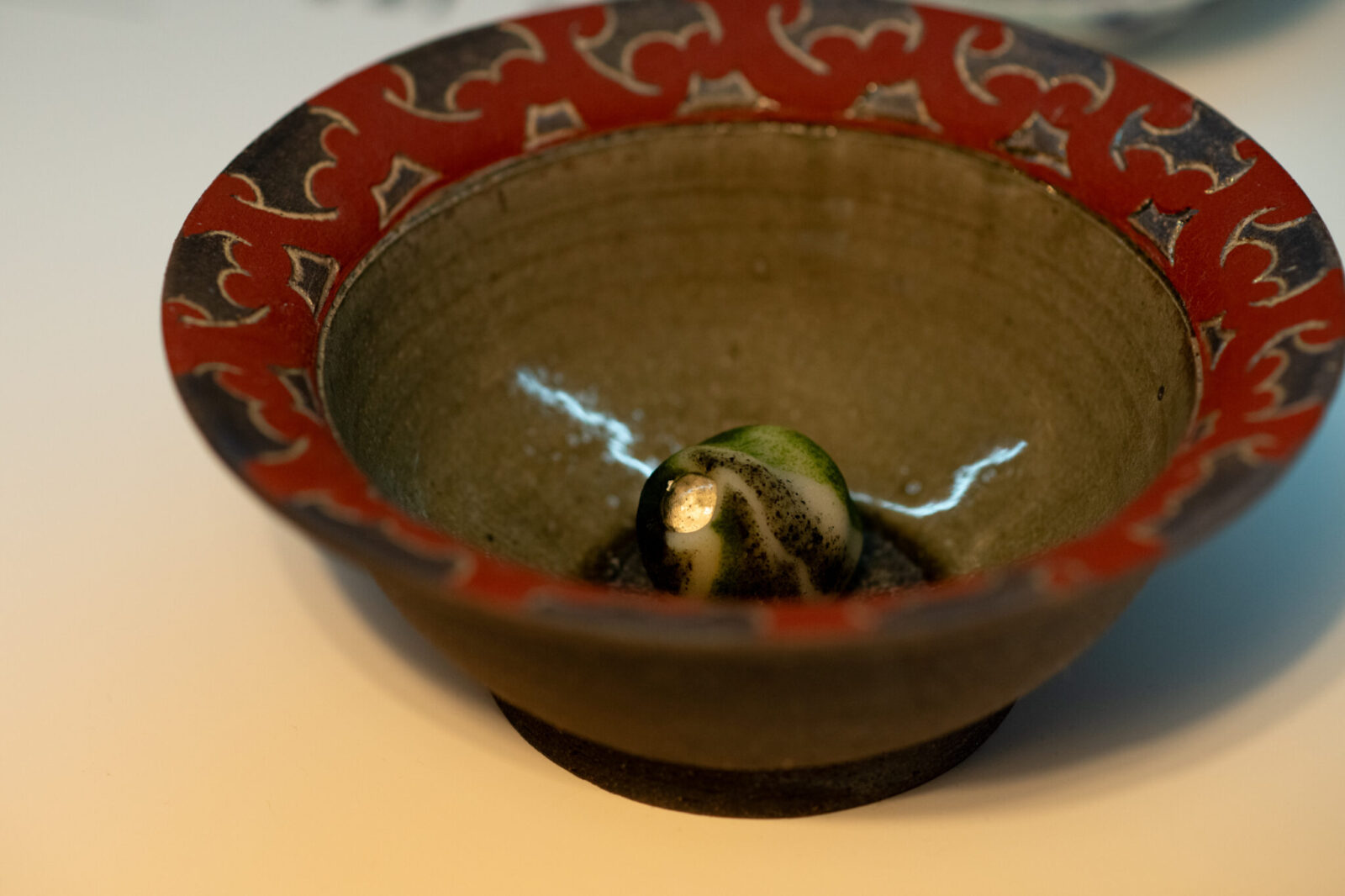
Ota describes traditions and history in a light hearted way and shares it with the world. As a modern day Sukimono, he understands the secrets of enjoying shikohin and its experiences.
Choosing the path of science and trade as the heir to Kyoto’s historic confectionery shop

――Oimatsu is very famous for being a historic confectionery shop near the Kitano Tenmangu Shrine, with a history of over 100 years. Did you feel pressure to take over this family business from childhood?
I knew that our family was in the Japanese confectionary business, but I did not know very much more about what my family did as a child.
There are many people in Kyoto who do not have the freedom to choose their future profession, and I was one of them. (laughs) I remember always thinking about whether I would have to come home and take over the family business one day.
When I was in elementary school, I knew that I was from a “prestigious” family.
Until my third or fourth year of elementary school, we had an upper housemaid and lower housemaid at home and we even had a big car and a private driver.

However, eventually all of our hired help disappeared and our car became smaller. Finally, we didn’t have a driver and my mother would drive me around.
Even I realized that something was off and that there may be trouble in the family business.
That is also why I decided to go to a public school instead of a private one.
My mother had studied medicine so she encouraged me to go to medical school, but I did not like the sight of blood.
As I thought about what I wanted to do, I learned that my birth date was close to the day the botanist Tomitaro Makino died.
I thought that maybe I was the reincarnation of Tomitaro Makino. (laughs) That is when I started studying botany and agriculture.
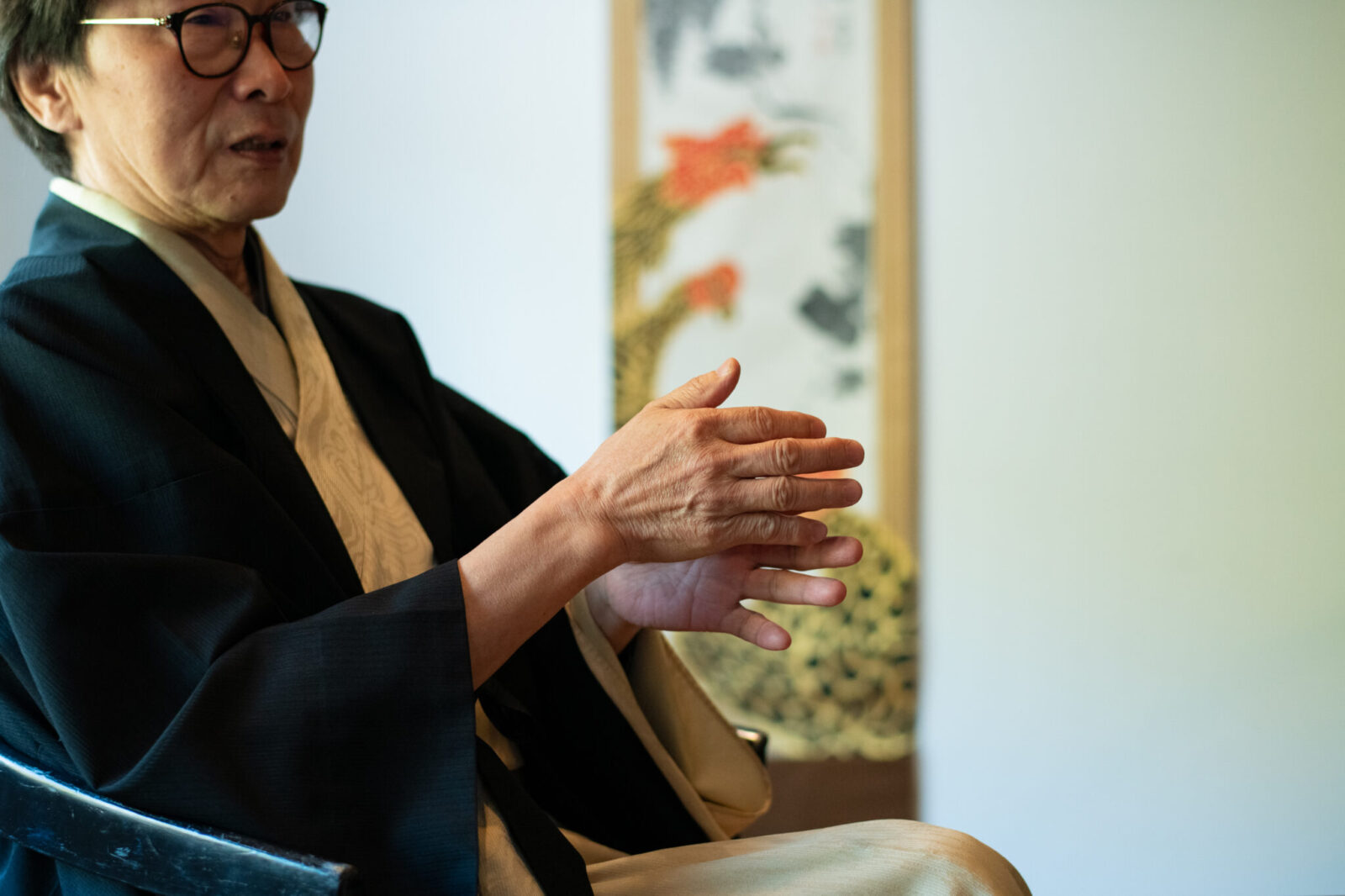
Tomitaro Makino was a botanist and recently became well known again when his life story became the subject of NHK’s morning drama, “Ranman.”
When I was in high school I became very interested in studying Japan objectively through a foreigner’s perspective.
I often read books written by Isabella Bird (19th century English explorer) and Lafcadio Hearn (late 19th century~20th century essayist) during this period of my life.
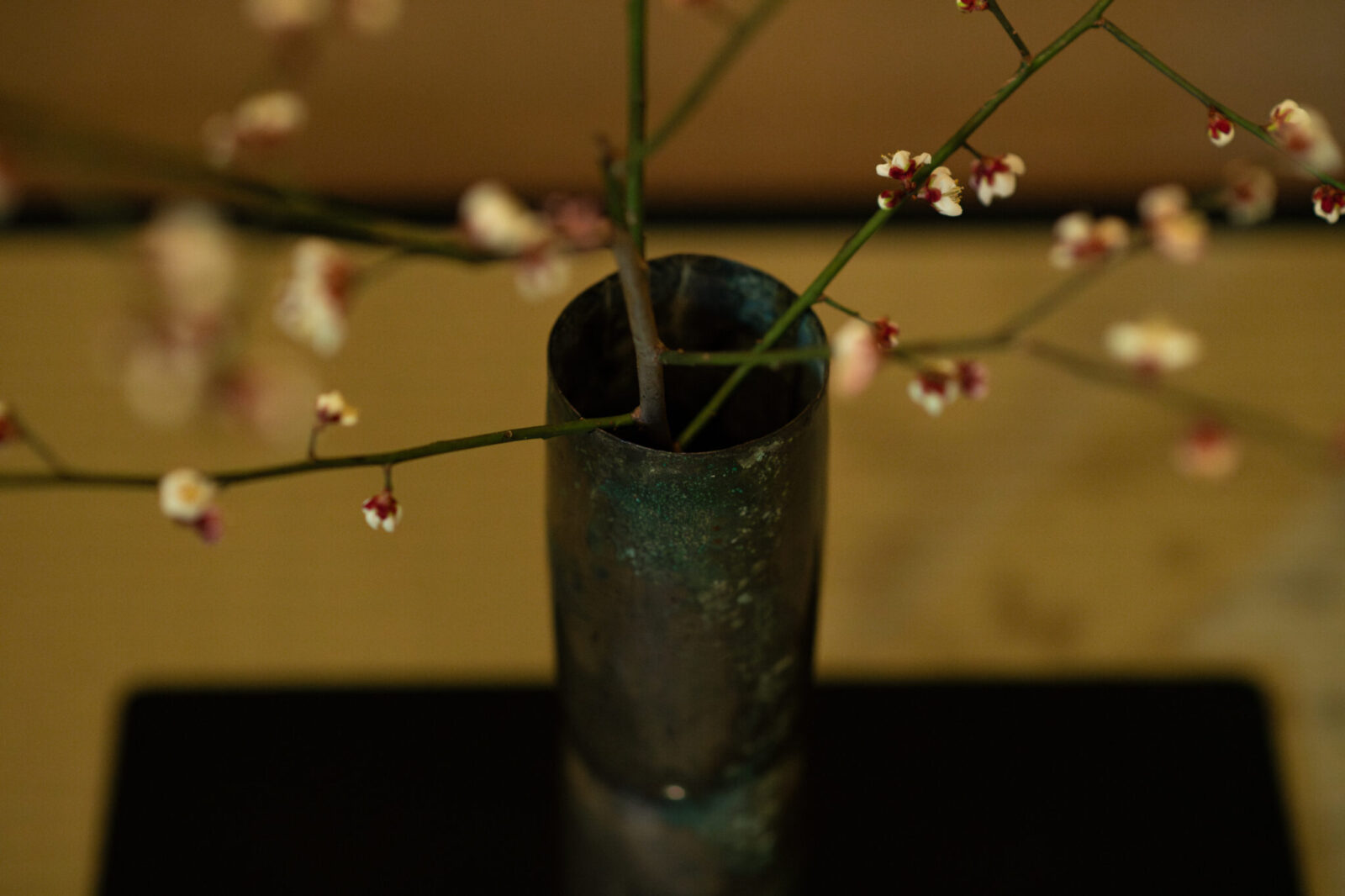
From then, I developed a desire to attend a historic school that was once taught by foreigners during the Meiji period.
I looked for public schools with medical or agricultural departments that were similar to these historic schools. In the end, Hirosaki University and Shimane University came up as candidates. Hirosaki University is historically connected to Isabella Bird and Shimane University is located in Matsue, where Lafcadio Hearn once lived.
So in order to decide which school to go to, I placed the university brochure of the two universities on my desk and held a pencil in the middle. I decided to let fate decide and go to the school that the pencil fell towards and that is how I decided to attend Shiname University.
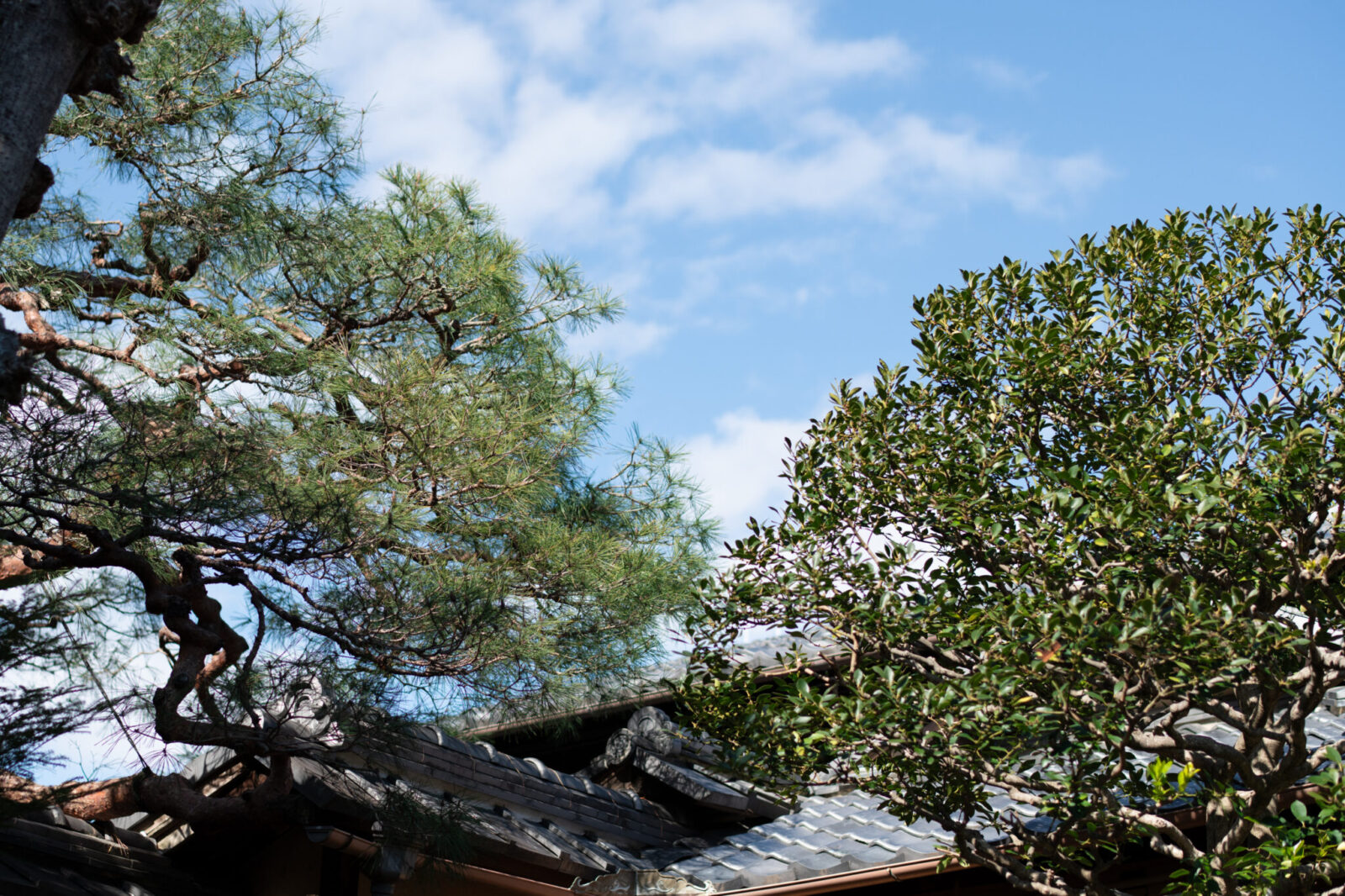
―― Leaving fate to decide which school to attend seems reflective of your playful personality. What kind of research did you do at Shimane University’s Faculty of Agriculture?
At the time there was a lot of research underway on environmental pollution and DNA, so I also focused on these areas.
However, when I was just starting my Master’s degree I got a call from home saying that they needed me to come back because the family business was in trouble. When I returned home I was suddenly made the president of the company.
I told them I didn’t want that. I asked to be allowed to work at a different company once to see if I have what it takes to become the president of a company anywhere.
In the end I got a job at the Kyoto branch of Marubeni Corporation (currently Kyoto Marubeni).
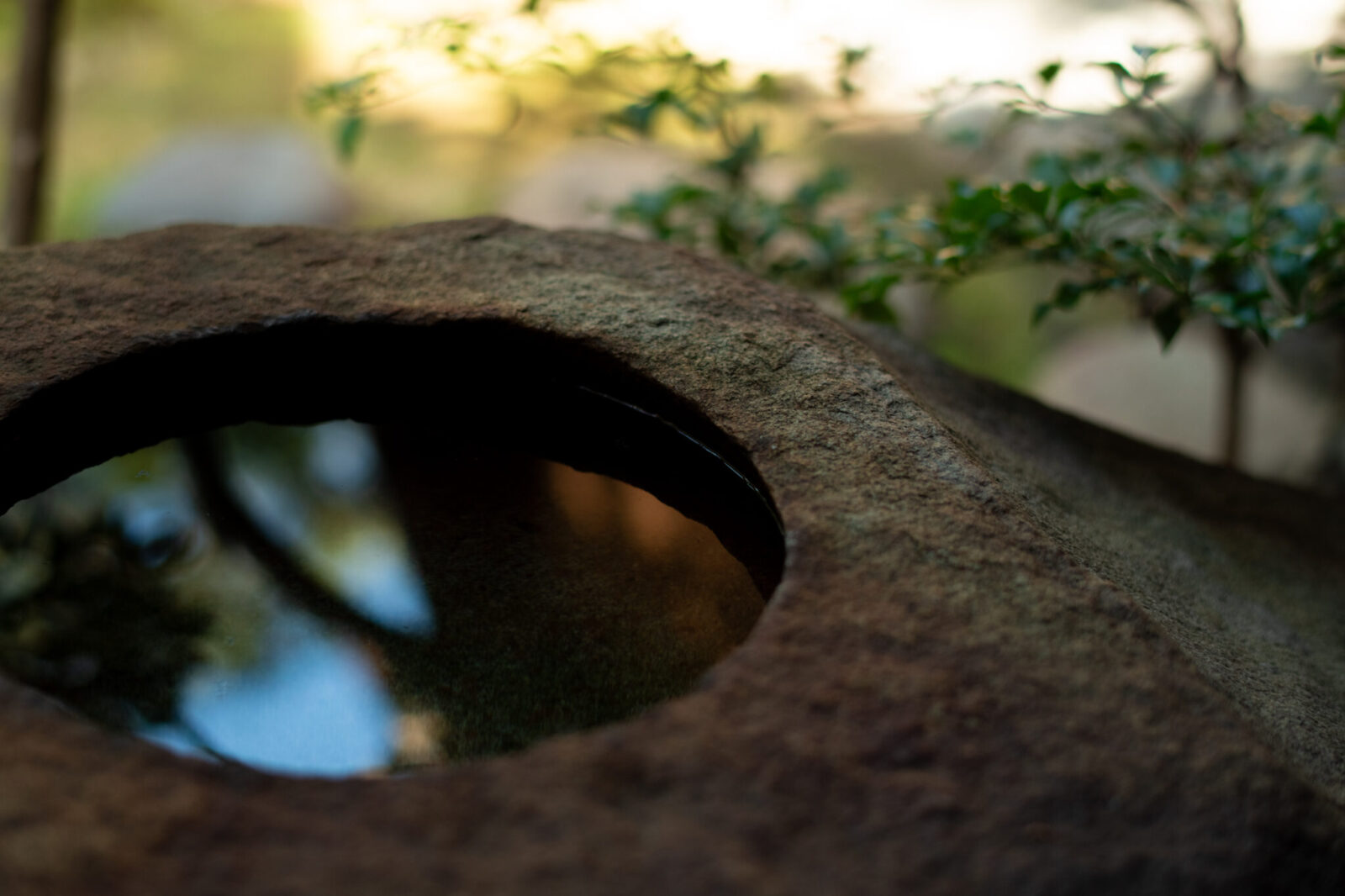
―― Marubeni is one of Japan’s biggest trading companies and used to be a part of Itochu Corporation. I understand that Marubeni Kyoto is especially strong in the textiles and kimono business as they have a long history there.
I personally love kimonos so I worked as a sales representative in the kimono department.
I was in charge of the Tohoku region and spent about a week of each month traveling around. I would buy a lot of sweets as gifts to take back with me.
I would give these sweets to the senior ladies of the company in the break room and that helped me make friends and build relations within the company.
Thanks to these friendships, I would often be able to get my way even if I asked for a difficult favor.
I learned that this was the secret to successfully work in a company.
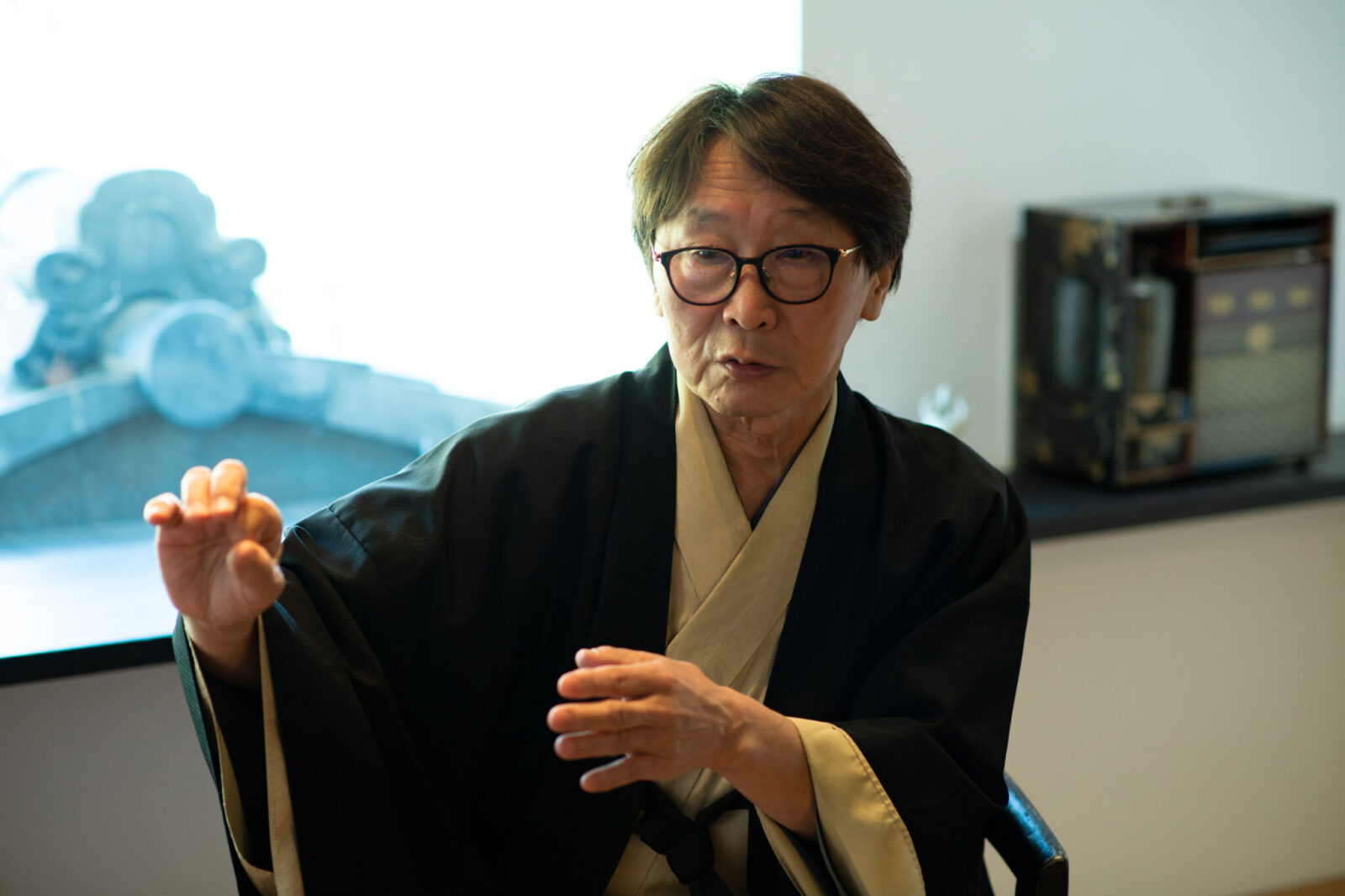
―― So you used sweets as a tool for communication?
I also enjoyed interacting with my clients and business partners.
This was over 40 years ago, and back then there were people who said they can’t do business with someone who doesn’t drink so I would take a bottle of sake with me when I met with them.
I was involved in creating our company brand of yukata (a simple kimono) and tested new logistical practices by making a distribution center. I was awarded the President’s Award at the company two or three times because I tried a lot of new things.
At this point I had gained confidence that I could run a company so I returned to my family’s business.

―― You went to university in Matsue, worked for a trading company for a while, and then took over Oimatsu?
Many heirs of long-established businesses in Kyoto go to Doshisha University or Ritsumeikan University to join networks and make connections there.
Since I was in Matsue, I did not have these networks or connections when I took over the family business.
However, I think my choice led to other positive experiences.
My experience of working at Marubeni also taught me a lot about kimono and this has proved very useful now that I am involved in the world of Japanese tea.

Tea and confectioneries have physics and chemistry in common
―― You work as a tea master now, but what first led you to the world of Japanese tea?
When I decided to take on the family business of making Japanese confectionery, I knew I needed to become knowledgeable about the world of tea.
I decided to study under Kaisen Iguchi (1900-1982, third son of the 13th generation Sen Soshitsu). He was the younger brother of Tantansai (1893-1964, the 14th generation Sen Soshitsu), and he was brilliant.
I also studied under Hori Sobon. In Kyoto, I was able to study under a lot of famous tea masters.

―― Hori Sobon also goes by the name Hanamori. He was famous for his avant-garde tea ceremonies such as setting the tea ceremony to classical music.
Yes, that’s right. Another one of my teachers was Soukou Suzuki (1926-2008, a Japanese confectionery researcher and 10th generation heir to the Edo confectionery shop Suzuki Echigo) who was like a god in the world of Japanese confectionery.
When I was a child, famous people such as Ryokkou Tanaka (1891-1969, local historian in Kyoto) and Akira Domoto (1891-1975, Japanese painter) would play with me.
All of these people were so-called Sukimono.
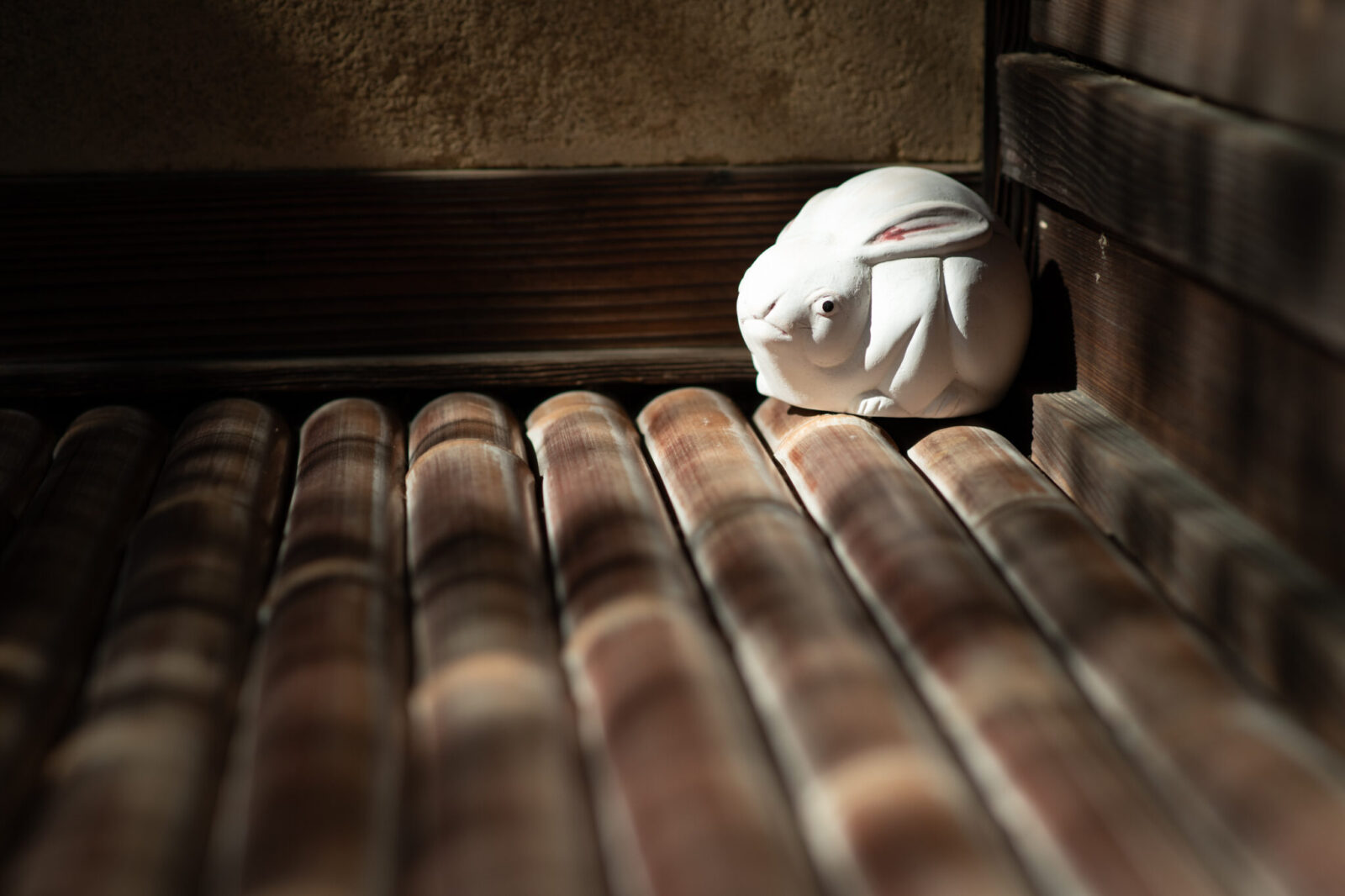
―― After learning from so many Sukimono, how have you come to understand Japanese tea?
Tea and confectioneries have physics and chemistry in common.
Other than that all you need to add is artistry. That is why it is not enough to simply take lessons or learn from someone.
―― Physics and chemistry? You have published papers on the scientific analysis of movements in the tea ceremony.
I think the Japanese tea ceremony is a resource that can be exported to the world.
Here at Yuuhisai Kōdōkan we often hold tea ceremonies and many foreign guests are really impressed and enjoy the experience.
However, Japanese tea does not resonate with everyone.
Even among cultured people, there are some who do not understand the significance of Japanese tea or how it can be profitable.
I thought that if I showed them a scientific equation it would convince them so I used motion capture technology to express the Japanese tea ceremony with mathematical equations.
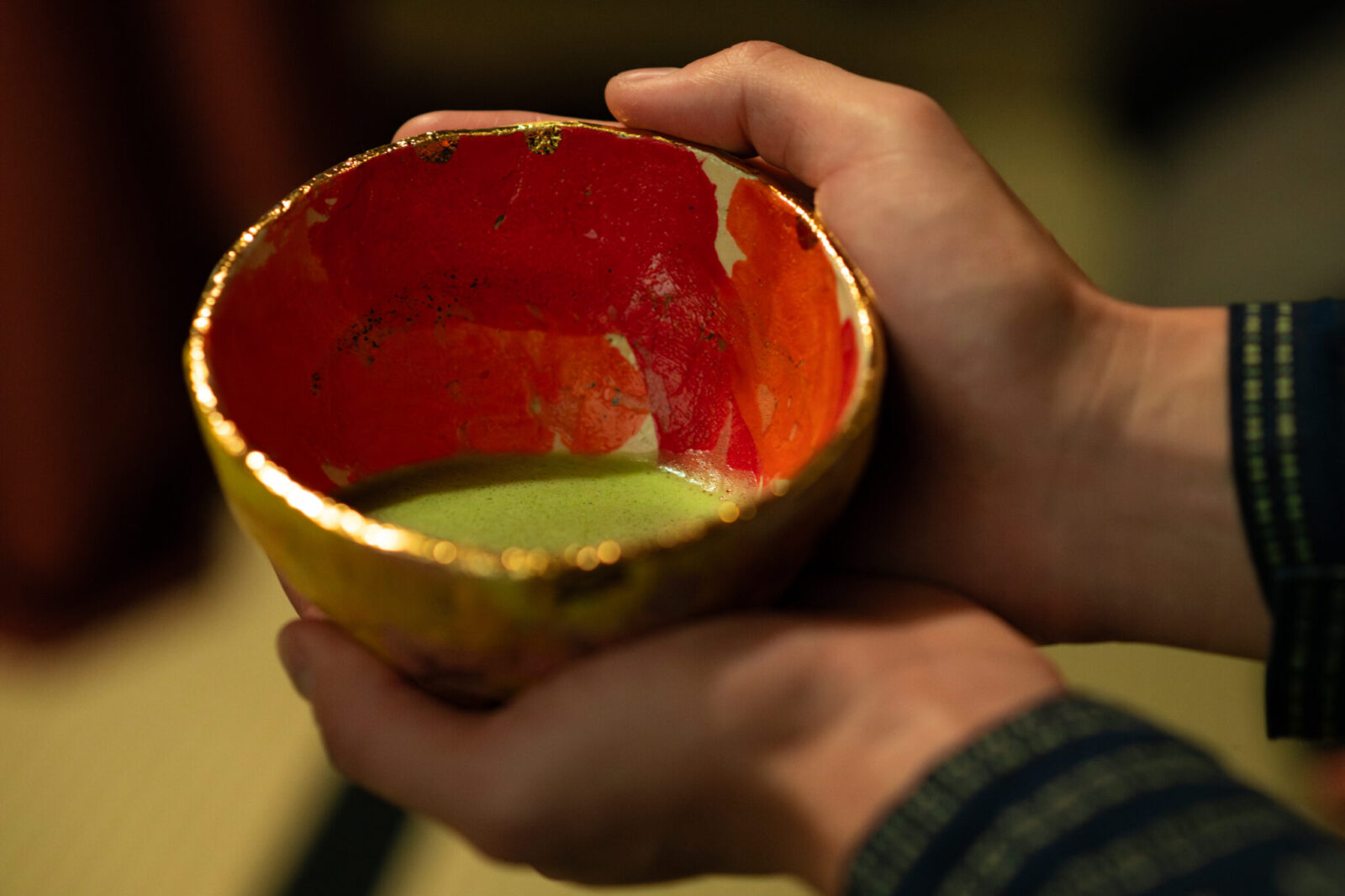
―― Although that may help with comprehension, doesn’t expressing the Japanese tea ceremony with mathematical equations deprive it of some of its significance?
That’s right. In fact, I really didn’t like doing it.
However, I believe there are some people who better understand the value of Japanese tea through such expressions.
With a scientific approach, we can research old tea ceremony books like the Kobori Enshū (a feudal lord, tea master, and landscape artist of the early Edo Period who studied under the Furuta Oribe style) and analyze what kind of movements he used in his tea ceremony. We can experiment with ways to make the tea through imagining movements.
I think these kinds of explorations can prove to be beneficial.
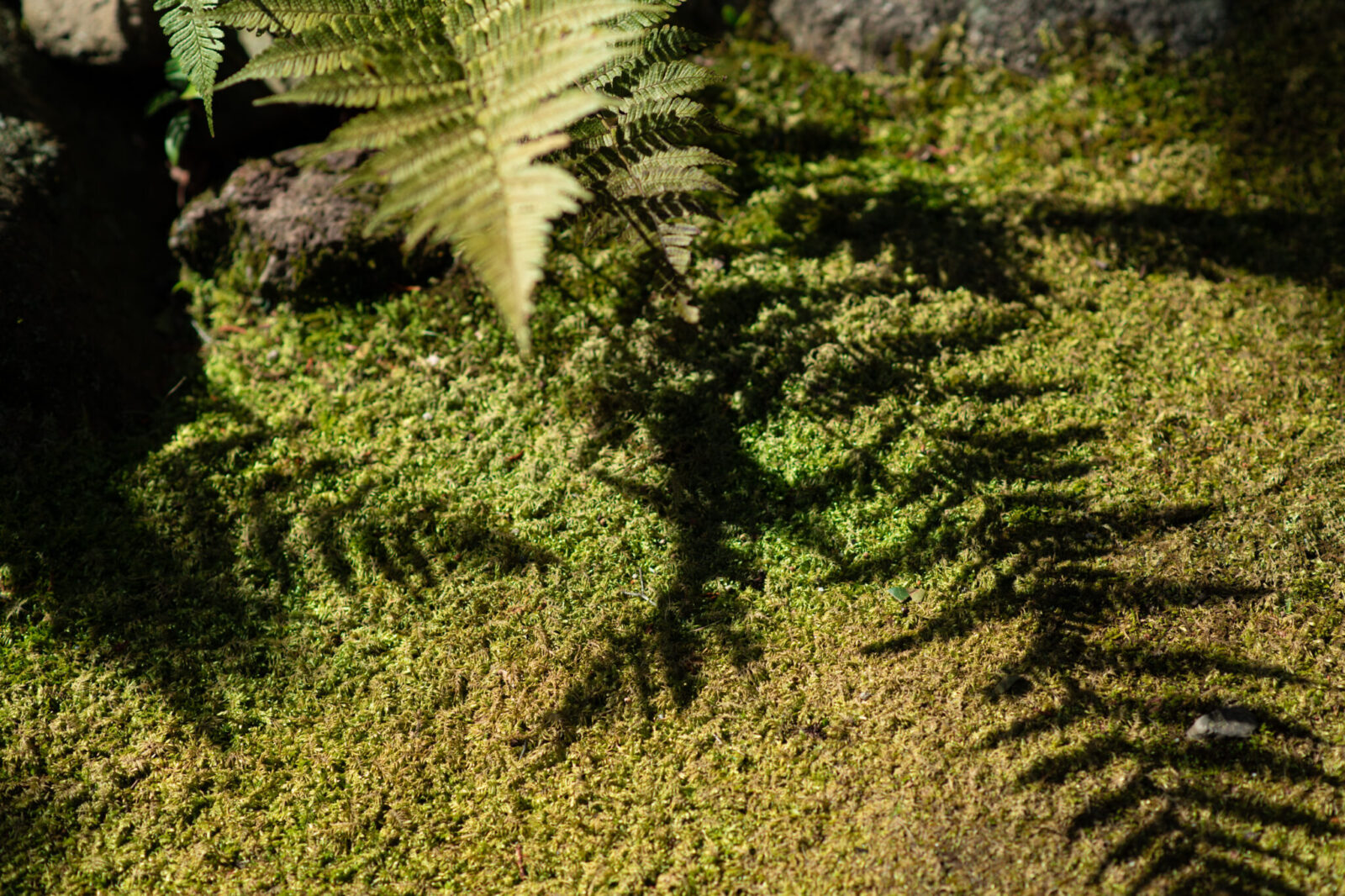
―― I see. Is it like playing music while deciphered an old musical score?
I would like people to think of it as similar to studying archaeological genetics. For me, this is a really interesting topic of exploration.
I also conduct various kinds of tea ceremonies.
I have held tea ceremonies on the Ohmi Railway train and even a Christmas themed tea ceremony.
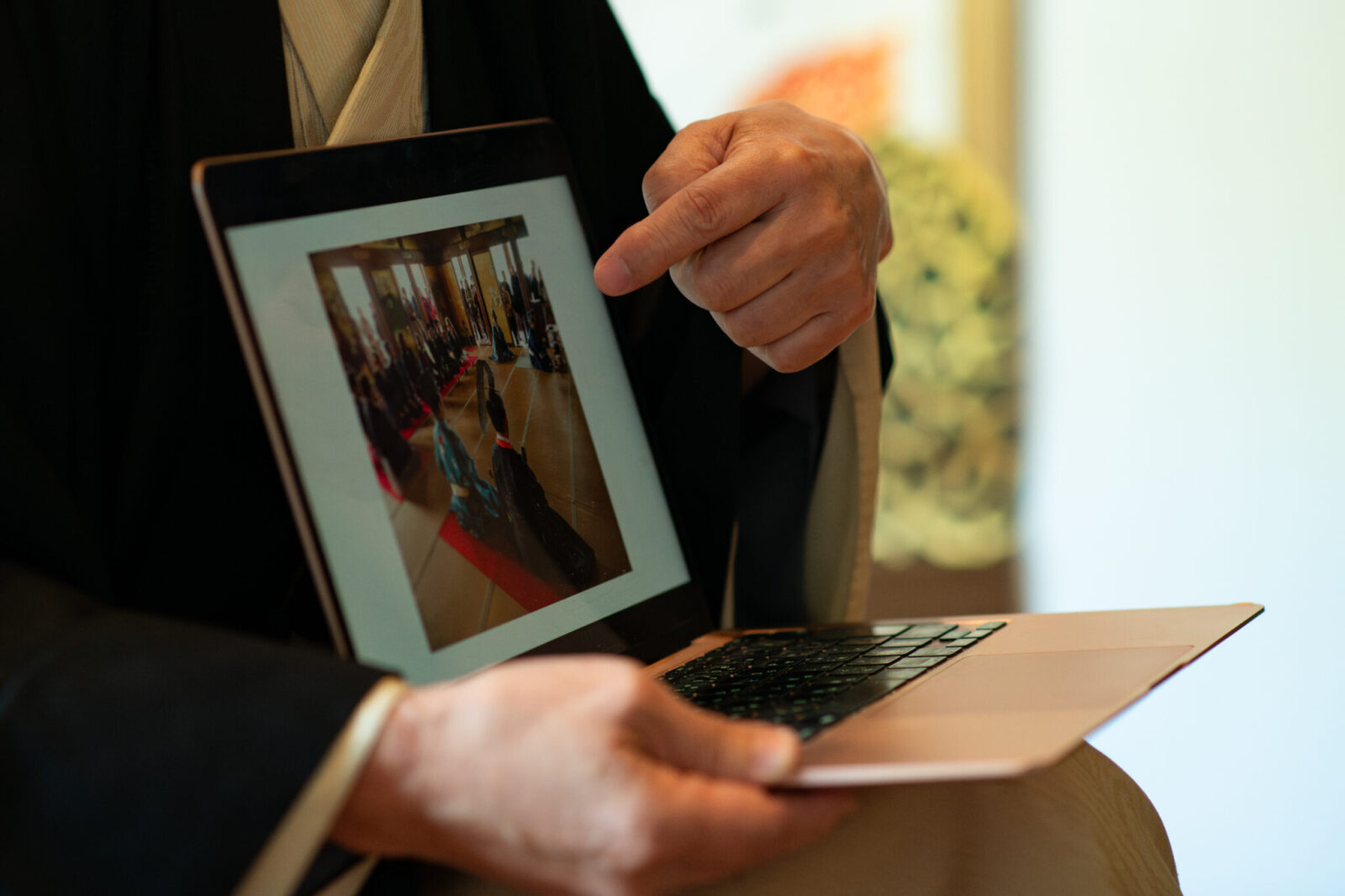
―― I see from the photos you took of the Christmas tea ceremony that you placed a cross on the tatami.
Sen no Rikyu had disciples known as the seven philosophers of Rikyo and some of them were Christian.
There are some people who believe that the act of sharing one cup of thick green tea in a group and passing it around to drink it comes from the influence of the Catholic church.
―― Now that you mention it, it is similar to communion in church.
Pointing out these similarities helps you notice things, don’t they?
When you approach the introduction of culture by pointing out similarities, it makes it easier for foreign people to understand the Japanese tea ceremony.
I once held a tea ceremony at the same time as the Venice Biennale for fun.
I served music instead of confectionery. The theme was “The Magic Flute” and the guests from Italy and France were delighted by it.

Japanese tea is an installation to employ culture, education and sophistication
―― Are traditional Japanese confectionery such as Kyoto confectionery enjoyed by foreigners as well?
I don’t think we should differentiate between Japanese and foreigners.
There are many Japanese people who do not understand the motifs expressed in Japanese confectionery too.
For example, take a look at this book.
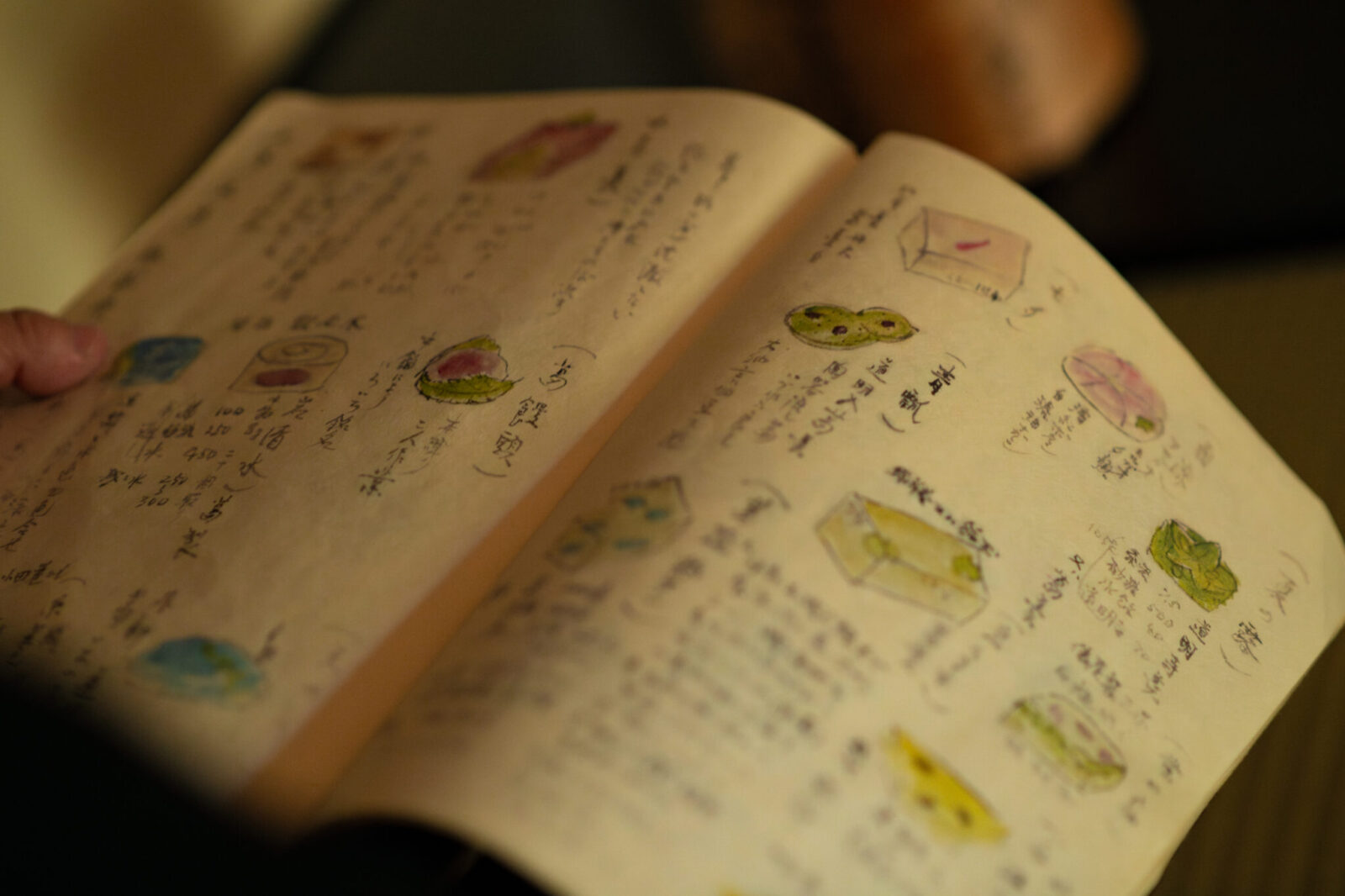
There was a period when I was younger where I really dedicated myself to studying Japanese confectioneries.
―― This is a sample book on Japanese confectionery. Is it all drawn by hand? The colors are beautiful.
Each confectionery is made with different combinations. There is not a single confectionery that is made in the same way so each one is unique.
In the Japanese tea ceremony we serve Kyoto confectionery with thick green tea.
When I make Kyoto confectionery I always follow a certain process. First I make a sketch based on keywords in the waka poems on the scroll hanging in the alcove of the tea room. From there I think of what ingredients and mixtures to use.
In other words, Kyoto confectionery is the combination of physics, chemistry and culture (poetry) that is expressed in a three dimensional form that weighs about 50 grams.
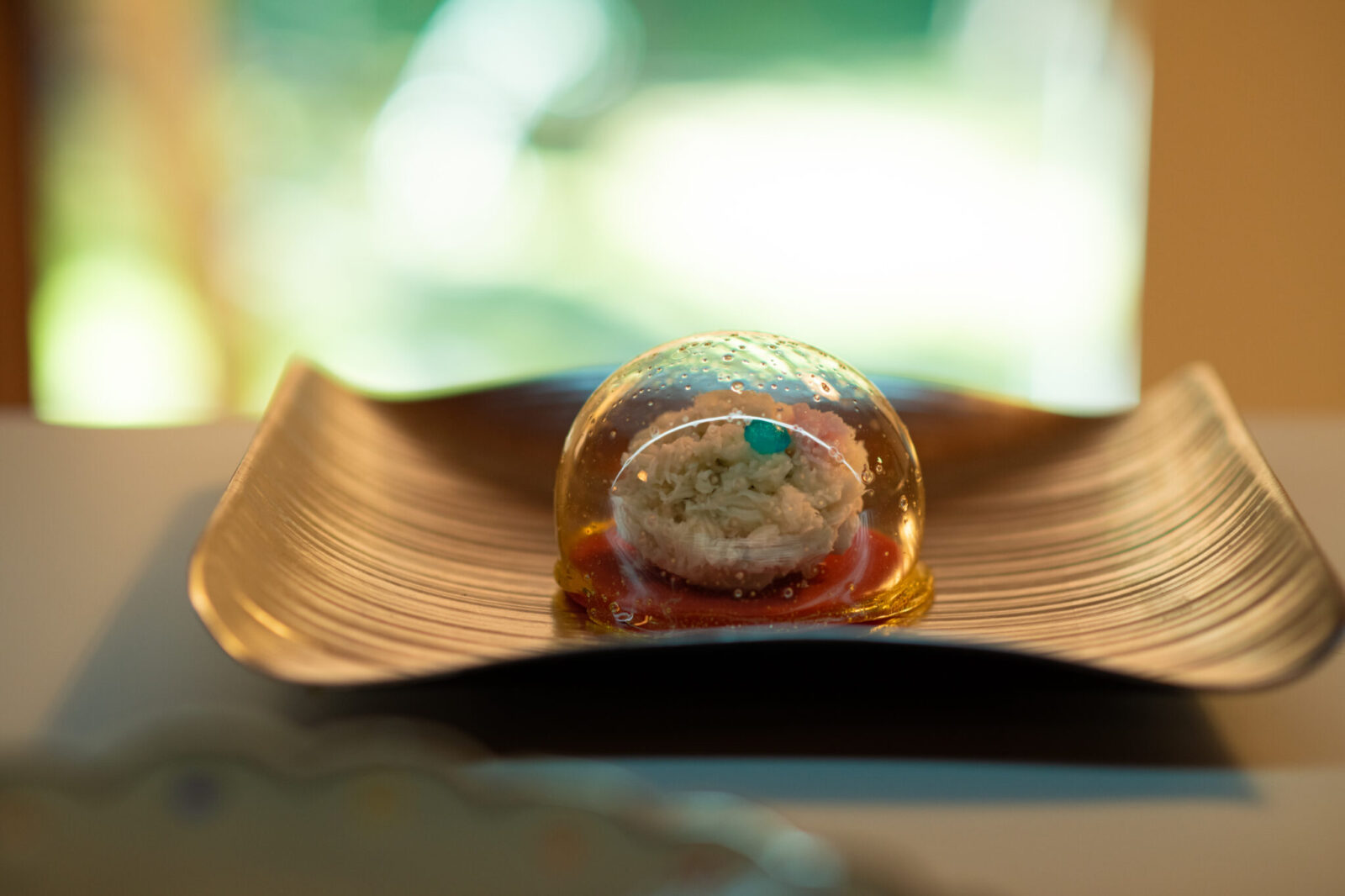
―― It is said that Kyoto confectionery is enjoyed with all five senses. Would you say the shape and how it is constructed is decided by physics, chemistry and waka poetry?
Let me describe a certain Japanese confectionery as an example.
It is made in the image of a Kakitsubata, (Japanese iris flower) and is named karagoromo. Can you tell what the story behind this is?
―― Is it from The Tales of Ise?
That’s right. There is a waka poem written by Ariwara no Narihira that reads, “Karagoromo Kitsutsunarenishi Tsumashiareba Harubarukinuru Tabiwoshizoomou” (If I wear the karagoromo I can travel far away from here).
When you connect the first letters of the poem (5, 7, 5, 7, 7) what do you get?
―― Kakitsubata
You see, Kyoto confectionery craftsmen must be well versed in Japanese poetry.
Kyoto confectionery and the tea ceremony are both a combination of various elements that are built into one.
In other words, it is culture, knowledge and installation.
*Installation: An art form that places various objects in a specific space and uses the entire space to express the piece. (meaning to exhibit or place) Was popularized in the 1960s. (From Kojien, 6th edition, Iwanami Shoten)
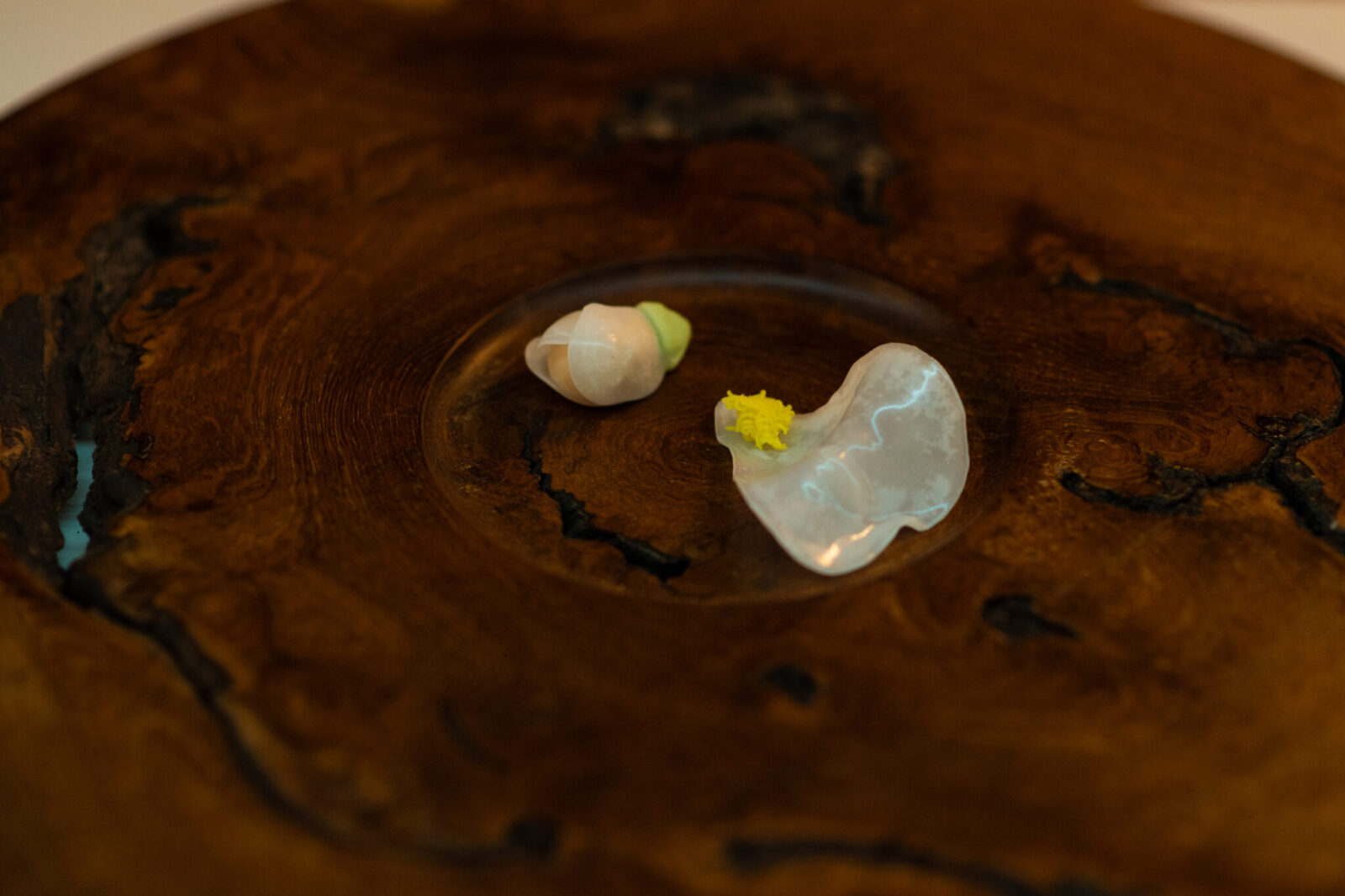
―― As a combination of physics, chemistry, culture and knowledge, Kyoto confectionery and Japanese tea is based on logic.
When you ask the question of what defines a tea room, it is based on Suki architecture.
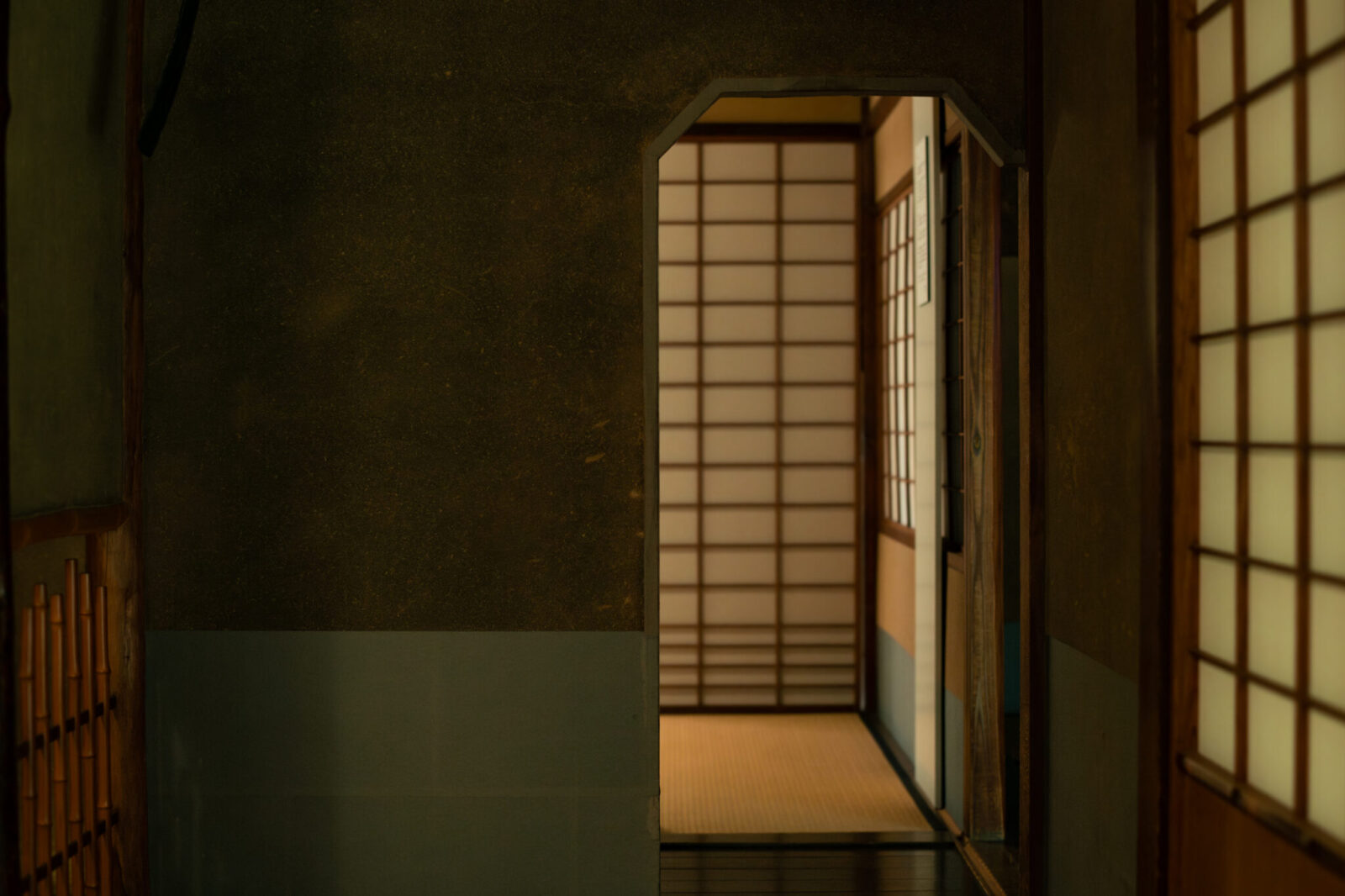
Suki is written with the characters for “numbers” and “bringing together”.
In French, a craftsman who gathers available materials to make something is called a bricoleur. In Japanese, we refer to people who create ideas for tea ceremonies as Sukiya, which is written with the characters for numbers, bringing together and person.
The two basically have the same meaning.
―― So a bricoleur is the same as a Sukiya?
In the tea ceremony, the tea master will wash the charcoal before the ceremony and they also think about how they will move the charcoal once it is lit. They think about how the light will enter through the paper shoji screens and how the air may change during the ceremony. All of these elements are considered in constructing the ceremony.
As you can see, it is about physics and chemistry. Furthermore, culture and knowledge must be added on top of this.
Once this is achieved you can create a world like Jun’ichirō Tanizaki’s “In Praise of Shadows.” It is the beauty of light and shadow that is portrayed in the tea room.
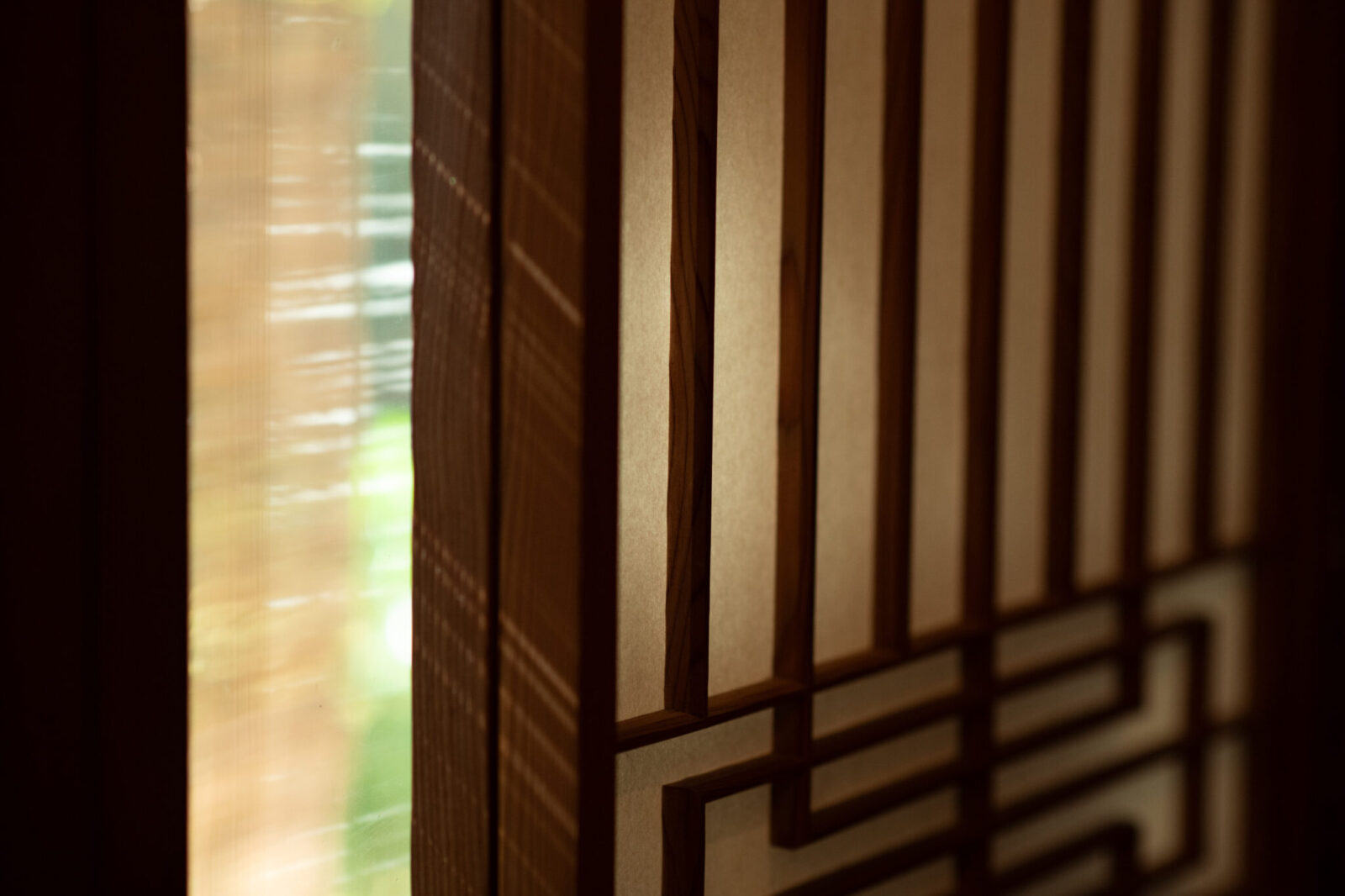
Beauty is at the root of all shikohin
―― Tea ceremonies are constructed in order to allow one to enjoy a once in a lifetime moment. I can see how that is a very special shikohin experience.
There are people who practice the tea ceremony who look down on beginners who have incomplete manners, but this should not happen. We need to enjoy the moment.
Shikohin is a matter of preference after all. I don’t think it should be taken too seriously.
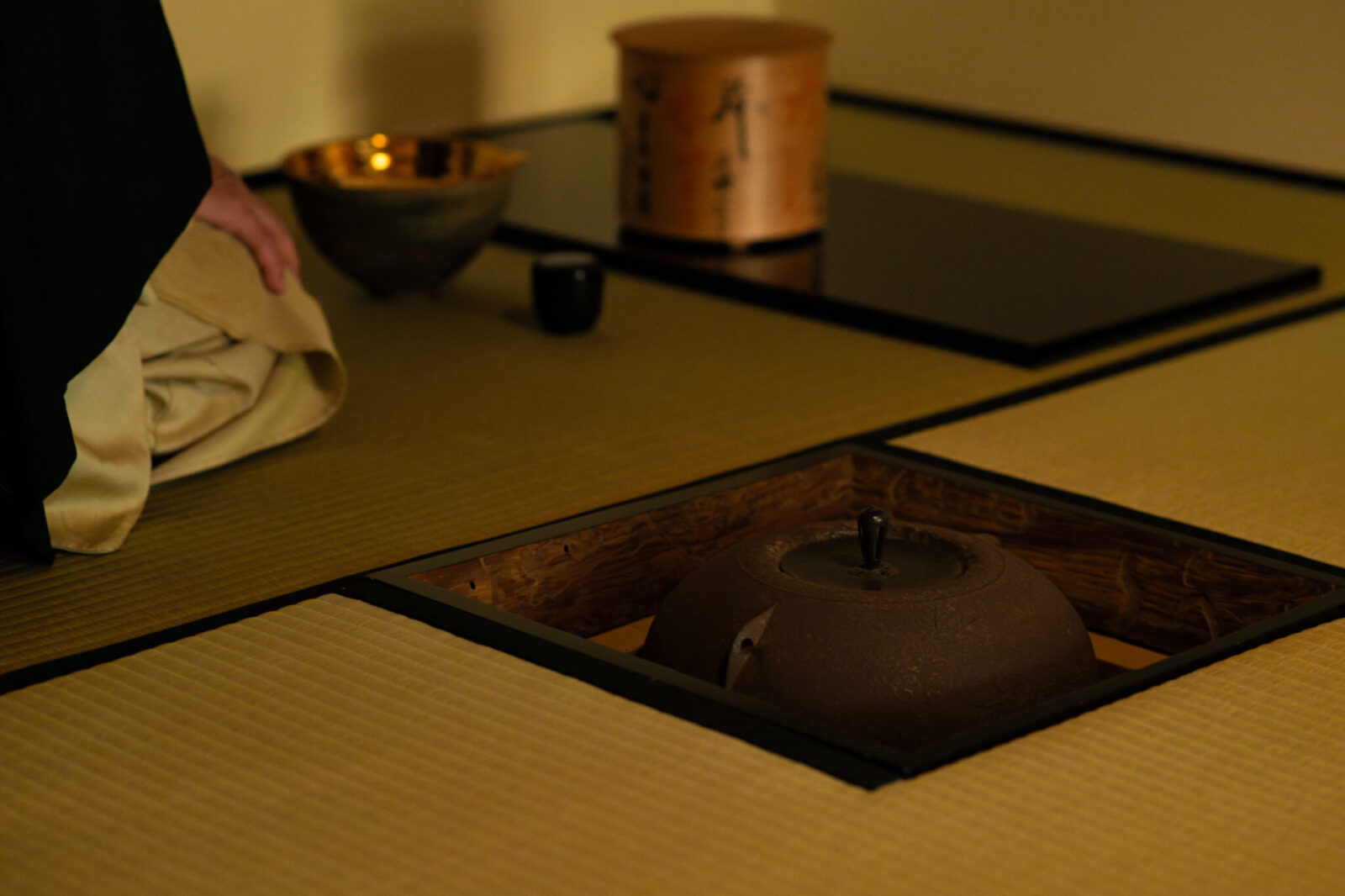
Some people boast by using only expensive things in a tea ceremony. However, the question is not about using cheap or expensive utensils.
It is more fun to think about what kind of installation will make the space more attractive. That is one reason I created a tea ceremony with only things I bought at a 100 yen shop. I love those kinds of explorations.

―― I see how humor is also important.
It’s not so much about humor as it is about having compassion and kindness towards other people.
I think it can be said that this is the basis for all shikohin.
People who push their personal tastes and preferences onto other people are unpleasant. Just because you like something, it doesn’t mean other people will like it too.
That is why it is important to have kindness and the ability to think about other people when you practice the Japanese tea ceremony.
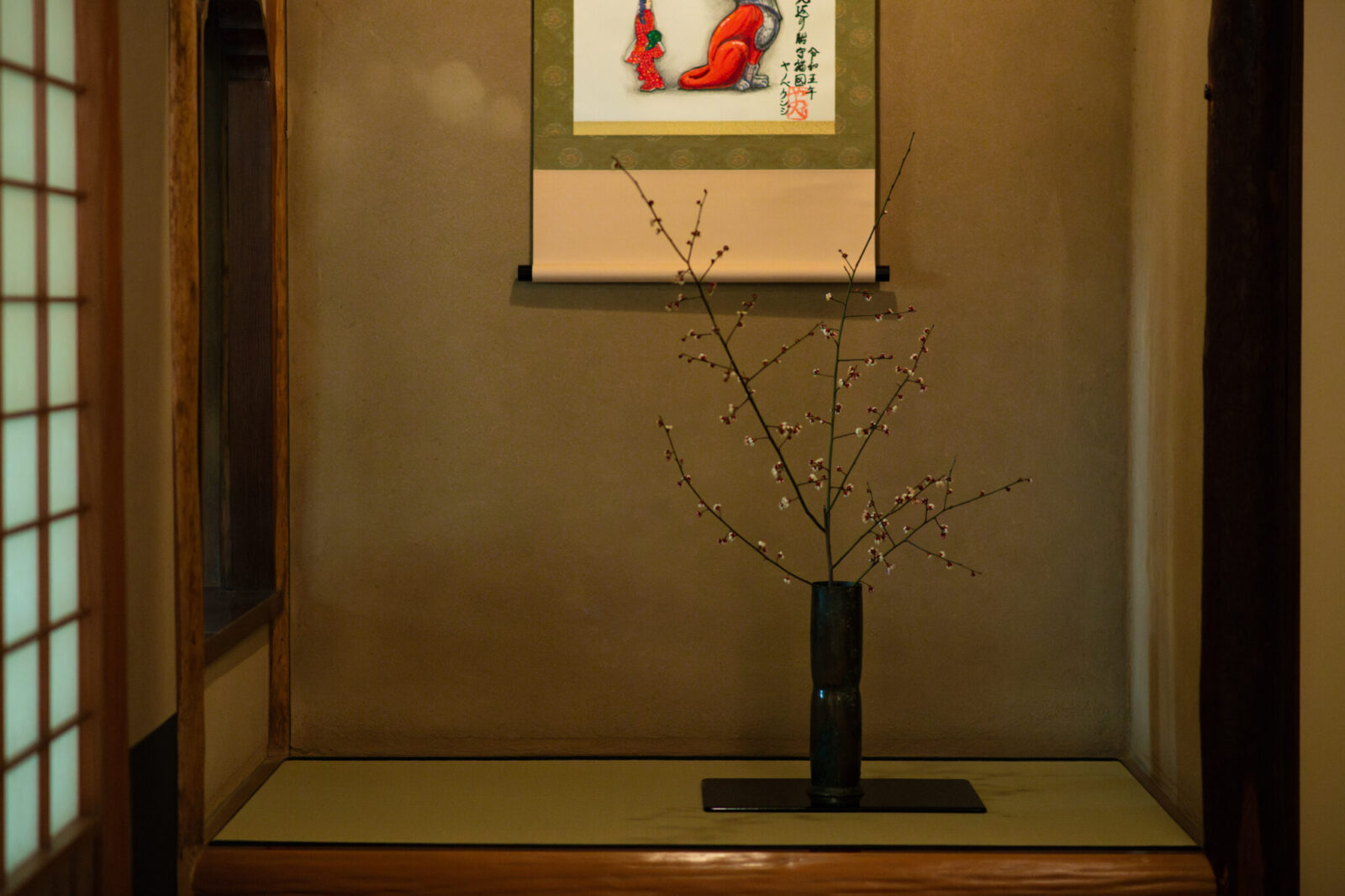
Why not stop thinking too hard for a moment, and enjoy a bowl of tea.
Our memory is made up of stored moments and here is a once in a lifetime installation.
―― Thank you. Itadakimasu (I humbly receive).
Today I thought it would be nice for everyone to enjoy a different tea bowl.

This bowl is decorated with a bear playing soccer. Do you know what city is famous for bears in Europe? It is Berlin, Germany. The bear is the symbol of the city of Berlin.
I held a tea ceremony at the Brandenburg Gate during the World Cup soccer tournament in Berlin in 2006. I had this bowl made for Dave Beckham who was our guest at the time.

For the next bowl, please take a look inside the bowl. See that there is a painting of a blowfish? The tea goes right where the mouth of the blowfish is so it looks like the blowfish is opening its mouth.
―― Wow, it’s so cute!
This bowl was used to serve the tennis player Federer. Many of my foreign guests enjoy drinking out of the same bowI used to entertain Federer.
The next bowl is really special. This is a bowl used by Toyotomi Hideyoshi. It is the first tea bowl made by Rikei, who came to Japan with Terumoto Mori during the Keicho Period.
After Hideyoshi used it, it was passed down to the Mori family. Then it was passed down to Terumoto and Hidemoto and it was even used at the Kan’ei Grand Tea Ceremony held by Hidemoto at the Shinagawa Palace in Edo in 1640. The guest of honor at that tea ceremony was Iemitsu Tokugawa so perhaps Iemitsu used this bowl as well.

―― Wow. What an honorable history.
In fact, Rikei started a kiln with his brother which later became the Saka Koraizaemon. The history of the Hagiyaki started there.
Each tea bowl is an accumulation of memories.
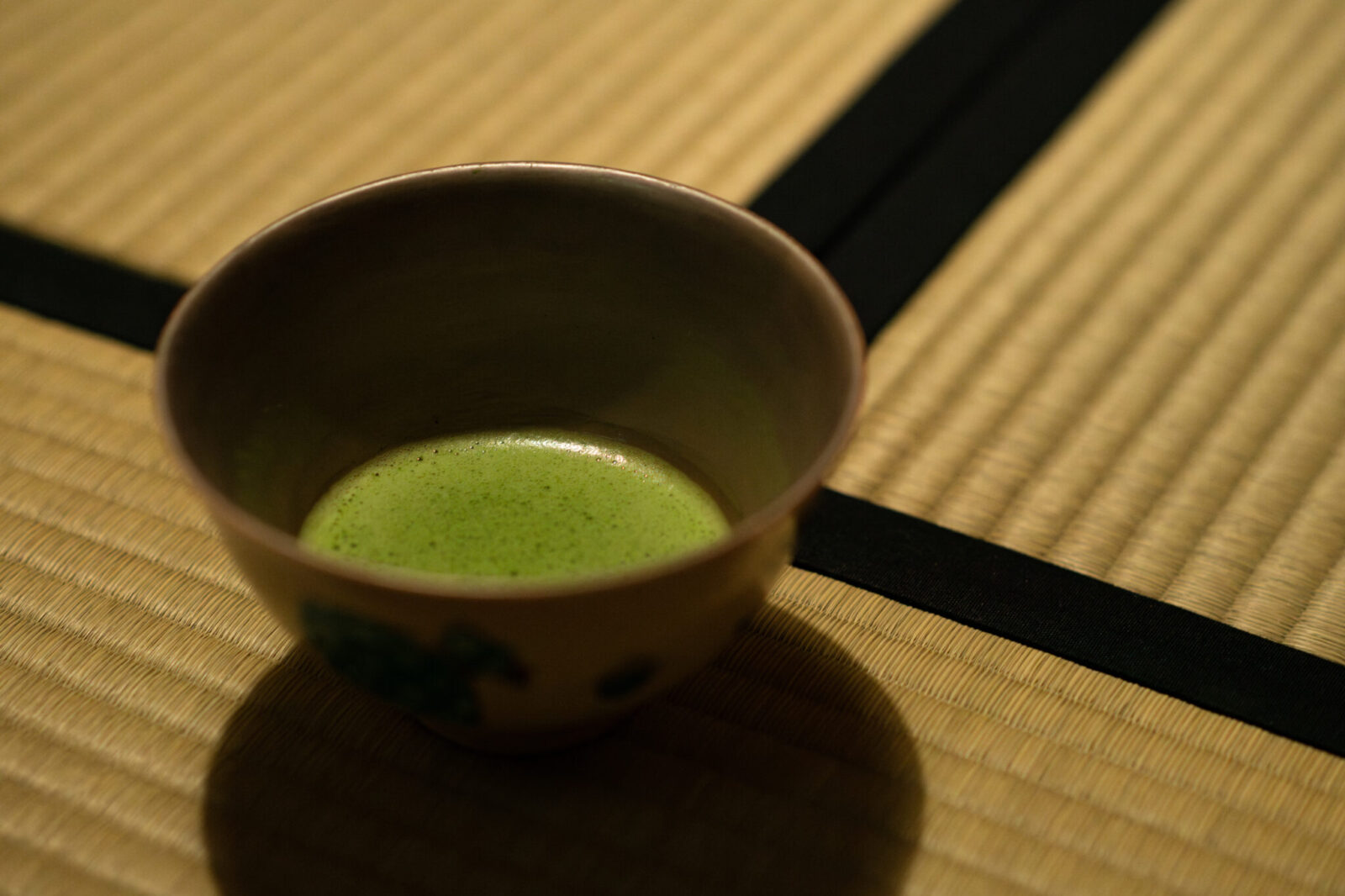
―― I can see that each chashaku (tea ladle) and tea bowl has its own unique characteristic and history. How these elements are combined is very fascinating. Learning about the people who enjoyed tea using the same bowl is also fascinating. The history of the tea bowl accumulates and passes through us to connect with the future. This truly is a shikohin experience that can only be enjoyed in this moment and space.
The combination of utensils and tools used and the host and the guests are all unique to that moment. The confectionery, the drinks, the garden, all of this combined is what makes up the once in a lifetime installation.
That is what makes a tea ceremony, and two are never the same.
Over the period of 450 years, various people have transcended generations to drink out of the same tea bowl. We are all connected.
See how fun the tea ceremony is?
Please think of my home as your own and come visit again.
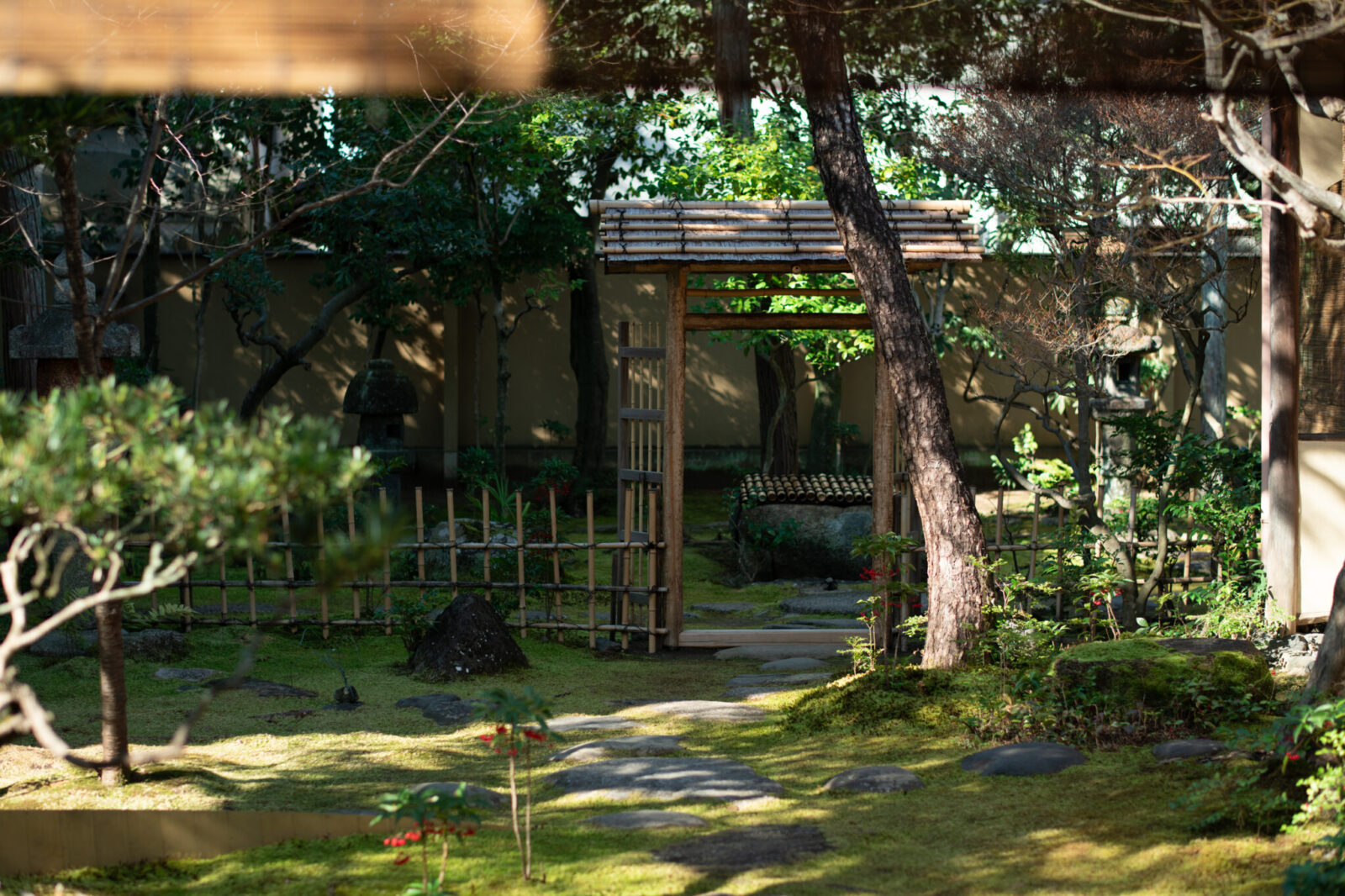
Translation: Sophia Swanson
All articles on our feature Indulgence and Explore
Reporter for Business Insider Japan. Born in Shinjuku-ku, Tokyo. Taught world history as a high school teacher, worked for Huffngton Post Japan and BuzzFeed Japan before assuming current position. Interests incude economics, history, and culture. Covers a wide range of topics from VTuber to Rakugo and is interested in food culture from around the world.
Editor / Writer. A freelance editor. Born in Yokohama and based in Kyoto. Associate editor of the free magazine “Hankei 500m” and “Occhan -Obachan”. Interests include food, media and career education programs such as “Internships for Adults”. Hobby is paper cutting.
Editor and creator of the future through words. Former associate editor of Huffington Post Japan. Became independent after working for a publishing company and overseas news media. Assists in communications for corporates and various projects. Born in Gifu, loves cats.
